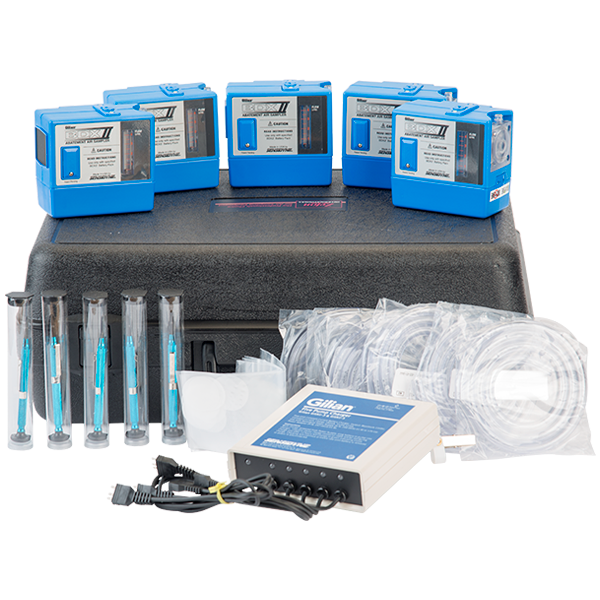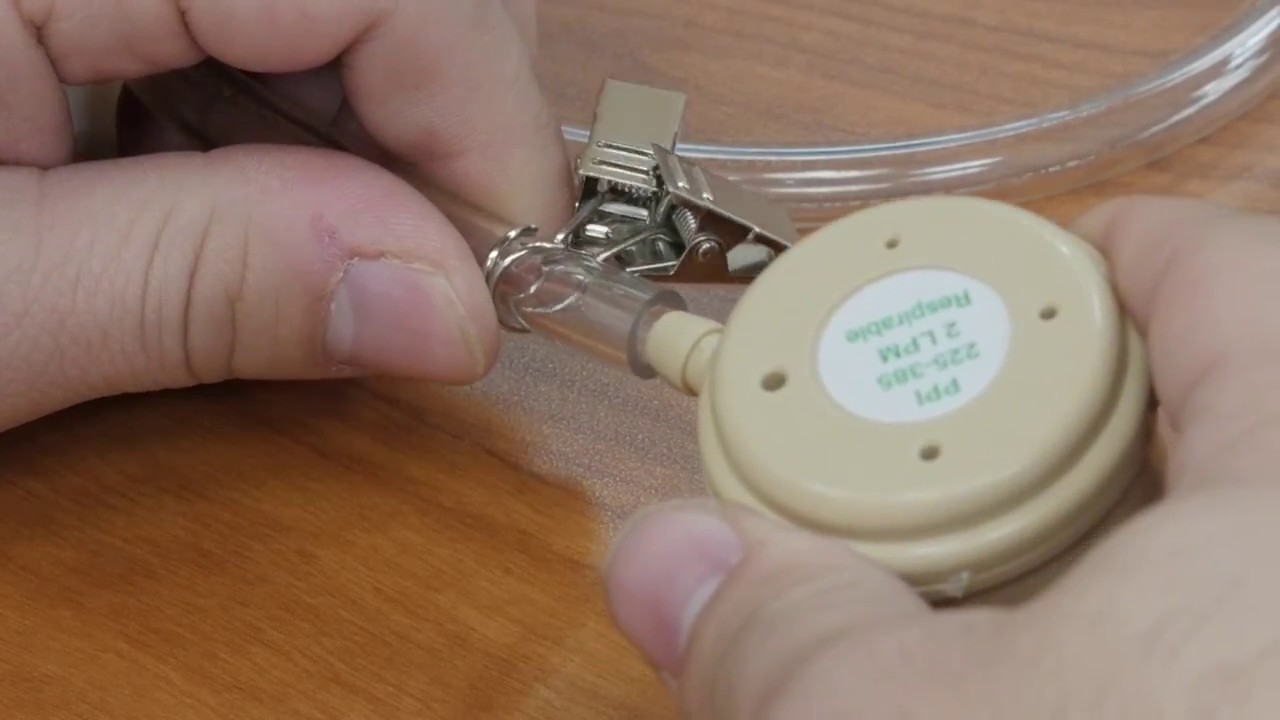Why foundries should do their own air sampling
Non-ferrous foundries play a crucial role in a wide variety of industries, producing the metal castings that are essential for virtually every other manufacturing industry. Given the nature of their operations, non-ferrous foundries may deal with hazardous air pollutants such as silica, metal dust, fumes, and more. It is important for these foundries to ensure a safe working environment by conducting regular air sampling to understand employee exposure profiles. While hiring an outside industrial hygienist to perform these tasks is common, there are several compelling reasons why non-ferrous foundries should consider doing their own air sampling.

First, in-house air sampling provides greater control and understanding of the work environment. When foundries conduct their own sampling, they can better tailor the process to their specific needs and operational nuances. This hands-on approach allows for immediate adjustments and a deeper comprehension of the factors affecting air quality. Foundry staff, being more familiar with the operations and potential sources of pollutants, can more accurately identify and address problem areas.
Moreover, developing internal expertise in air sampling fosters a culture of safety and accountability within the foundry. Employees who are trained to monitor air quality become more aware of the health risks associated with hazardous air pollutants and are more likely to adhere to safety protocols and convince other employees to do the same. This proactive stance on health and safety not only protects workers but also demonstrates a commitment to maintaining high standards of workplace safety, which can enhance the foundry’s reputation and operational efficiency.
Second, conducting in-house air sampling can result in significant cost savings. Hiring external industrial hygienists can be expensive, especially for regular and frequent testing. By investing in training and equipment, foundries can perform air sampling more frequently and at a lower cost over time. This not only reduces expenses but also allows for more flexibility in monitoring air quality, enabling foundries to respond promptly to any changes in pollutant levels.
 Finally, when doing its own sampling, the foundry maintains control of their own sampling data and employee exposure levels. Foundries can (and should) elect to provide only the raw sampling data to analytical labs and request results solely in terms of concentration for a given contaminant. By doing so, they retain control over the interpretation of these results. This approach allows the foundry to apply their specific sampling duration to the analytical results and to calculate the actual employee exposure levels. This method not only maintains confidentiality regarding employee exposure levels, but also ensures that the data is interpreted in a way that best reflects the foundry’s specific conditions. Retaining this level of control can prevent any misinterpretations or misrepresentations of the data by outside parties, fostering a more accurate and relevant understanding of workplace air quality.
Finally, when doing its own sampling, the foundry maintains control of their own sampling data and employee exposure levels. Foundries can (and should) elect to provide only the raw sampling data to analytical labs and request results solely in terms of concentration for a given contaminant. By doing so, they retain control over the interpretation of these results. This approach allows the foundry to apply their specific sampling duration to the analytical results and to calculate the actual employee exposure levels. This method not only maintains confidentiality regarding employee exposure levels, but also ensures that the data is interpreted in a way that best reflects the foundry’s specific conditions. Retaining this level of control can prevent any misinterpretations or misrepresentations of the data by outside parties, fostering a more accurate and relevant understanding of workplace air quality.
Non-ferrous foundries have much to gain from developing their own air sampling capabilities. The benefits of cost savings, greater control, and fostering a culture of safety make in-house air sampling a valuable consideration for these facilities. By taking this approach, foundries can ensure a safer work environment while maintaining operational and financial efficiency.

